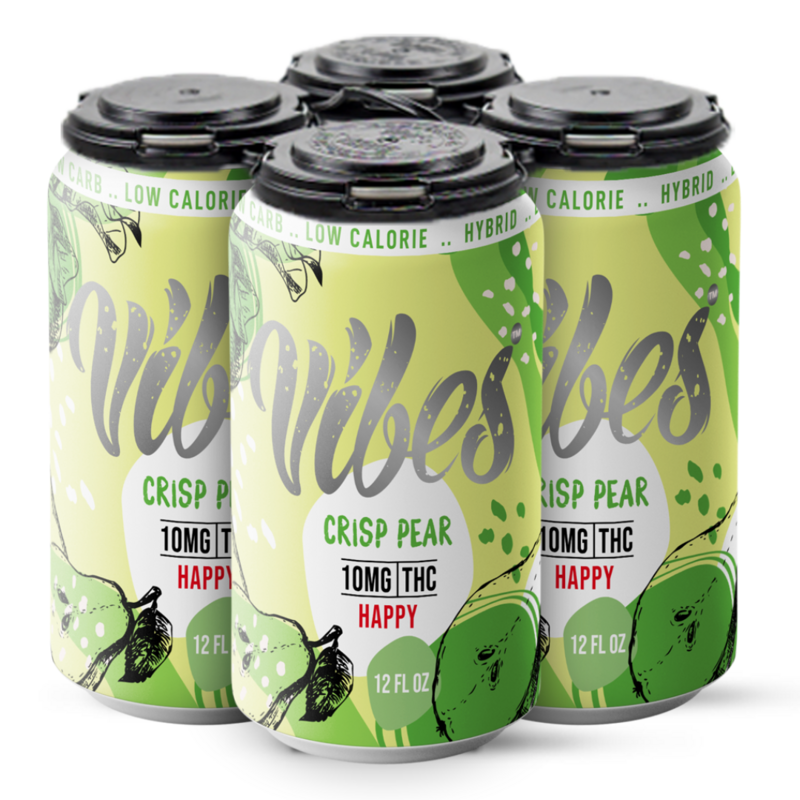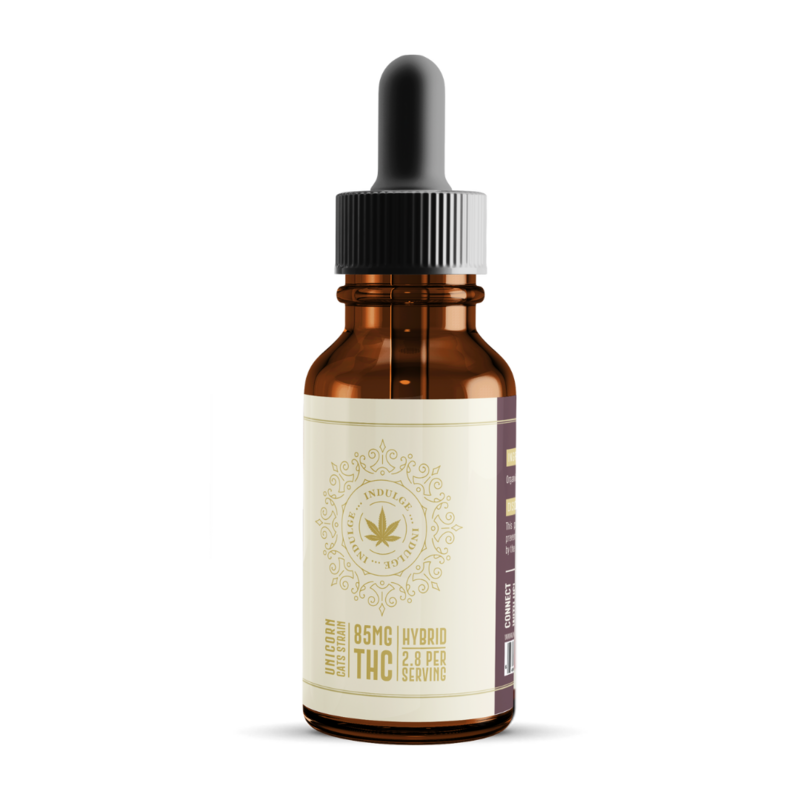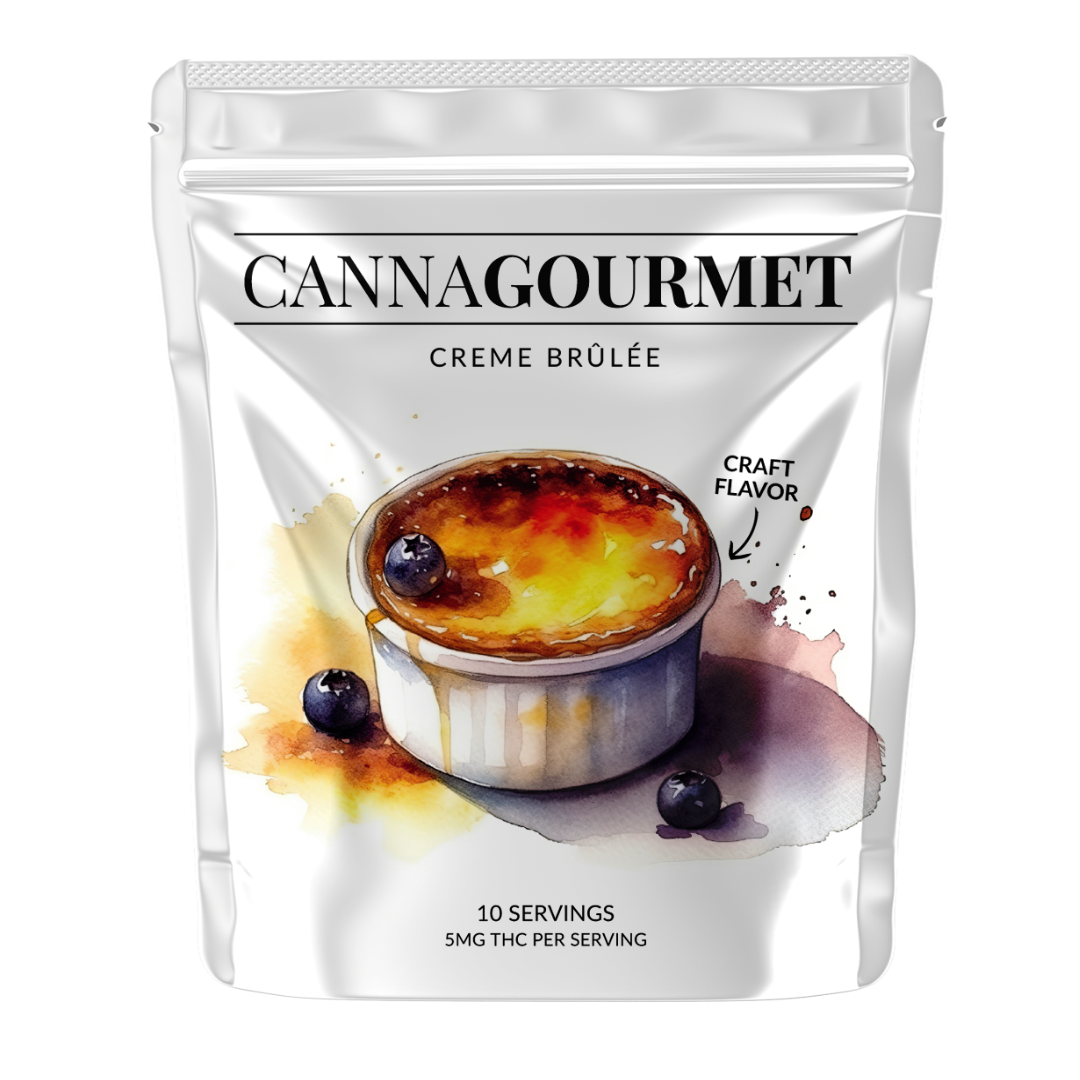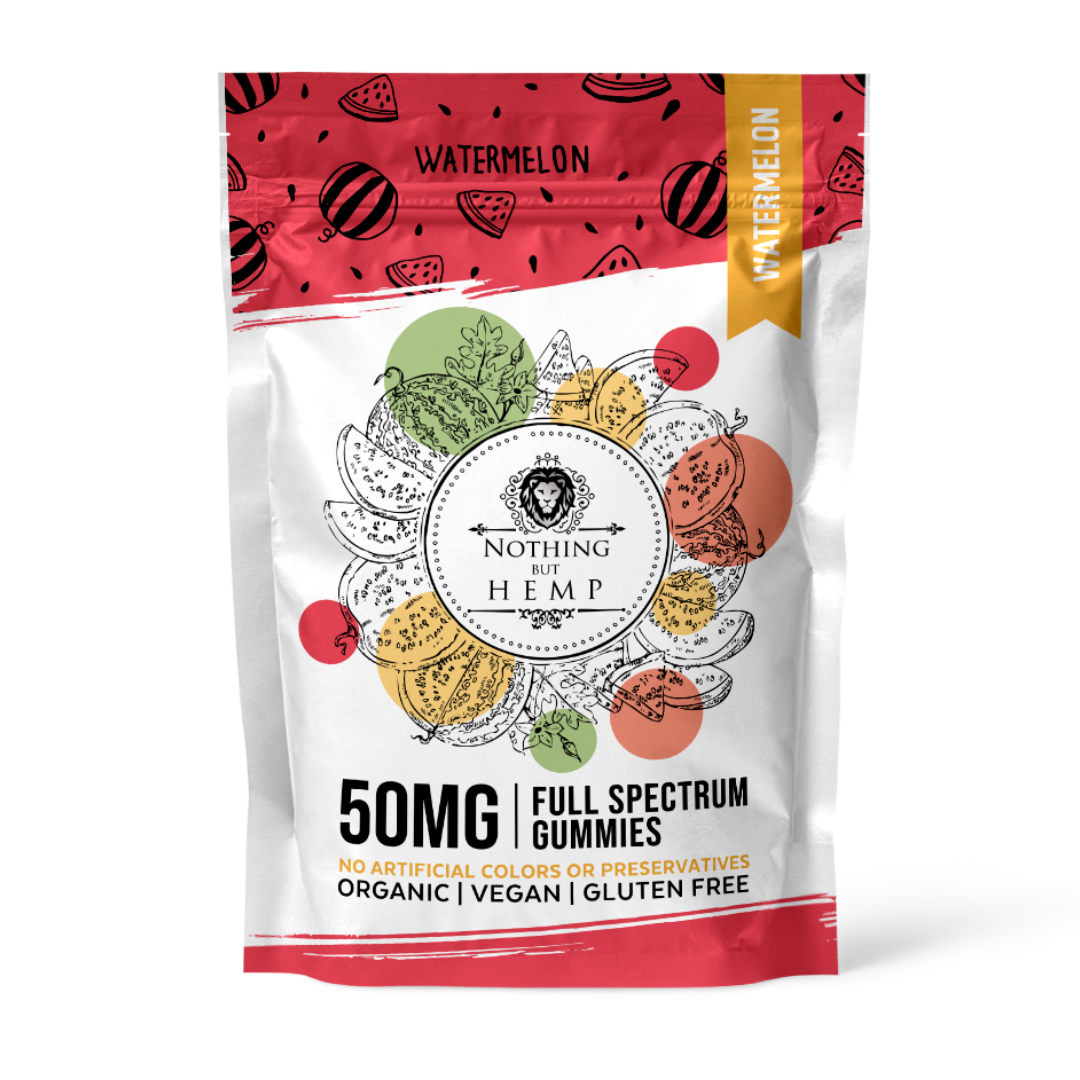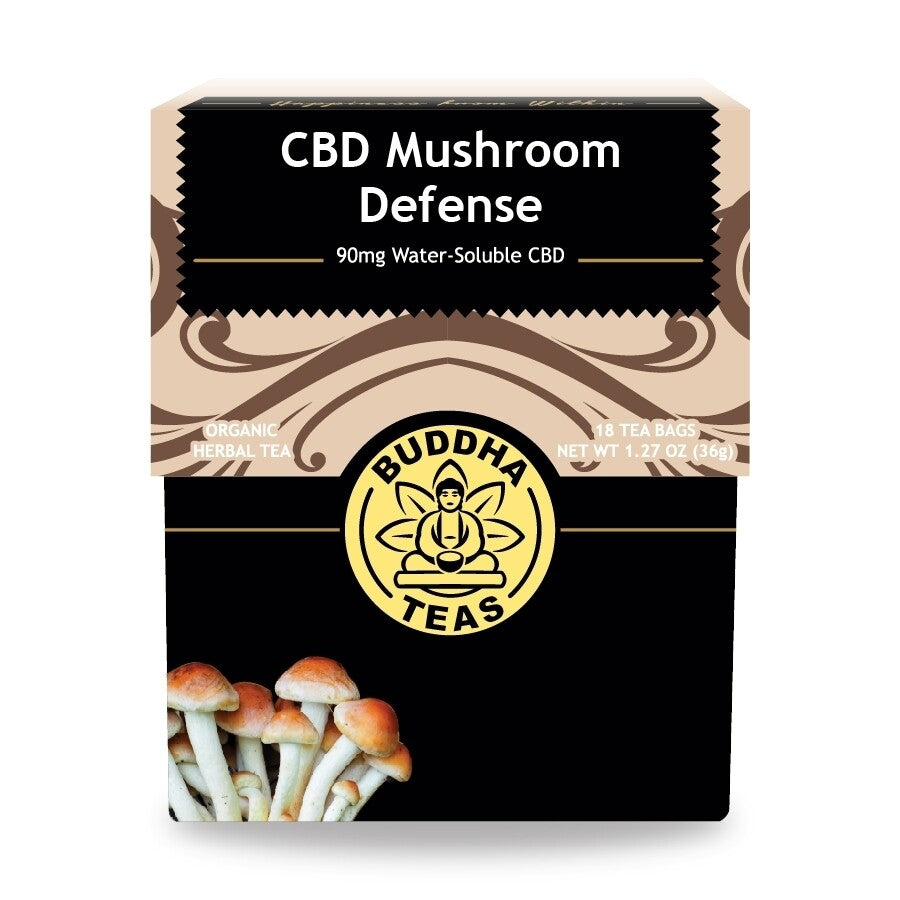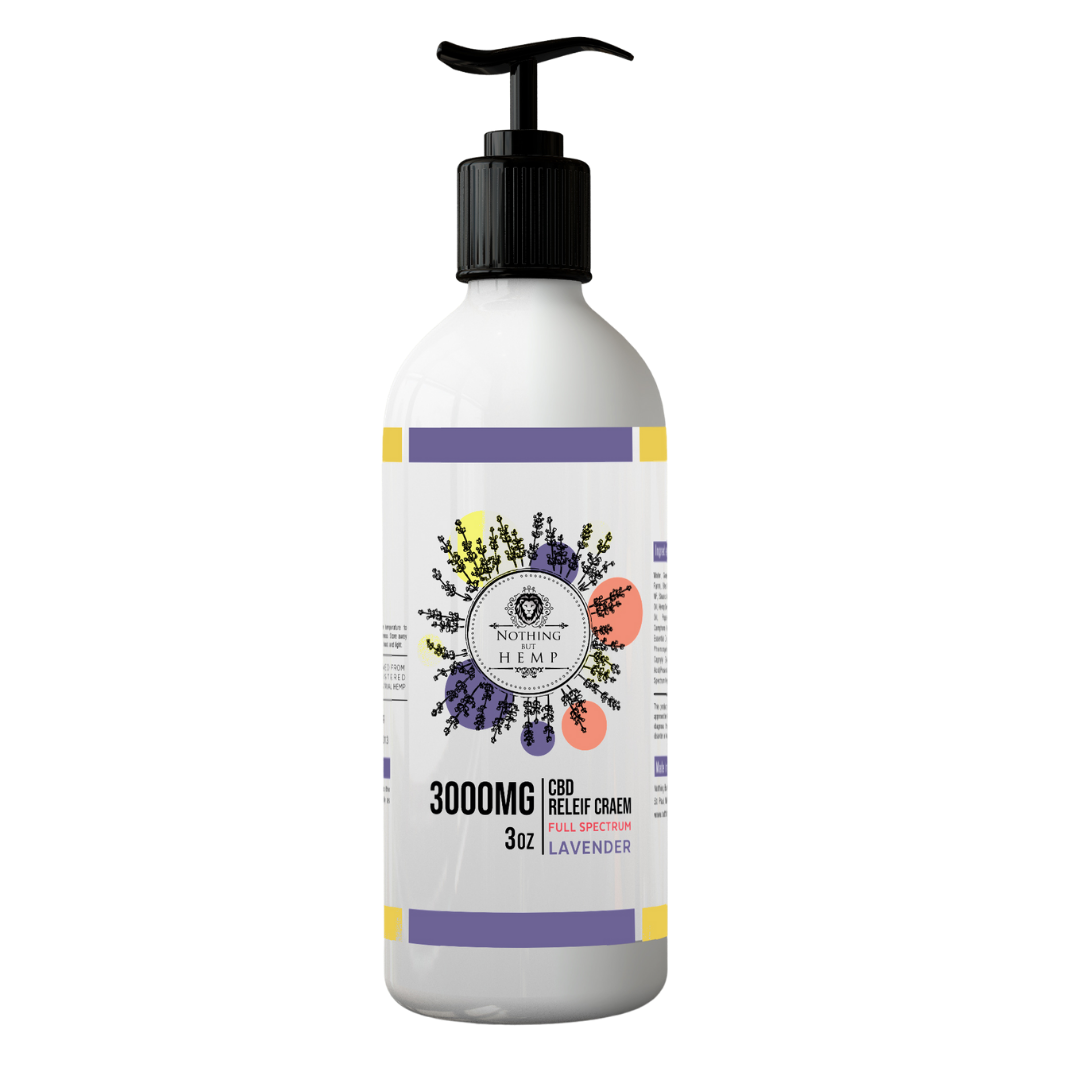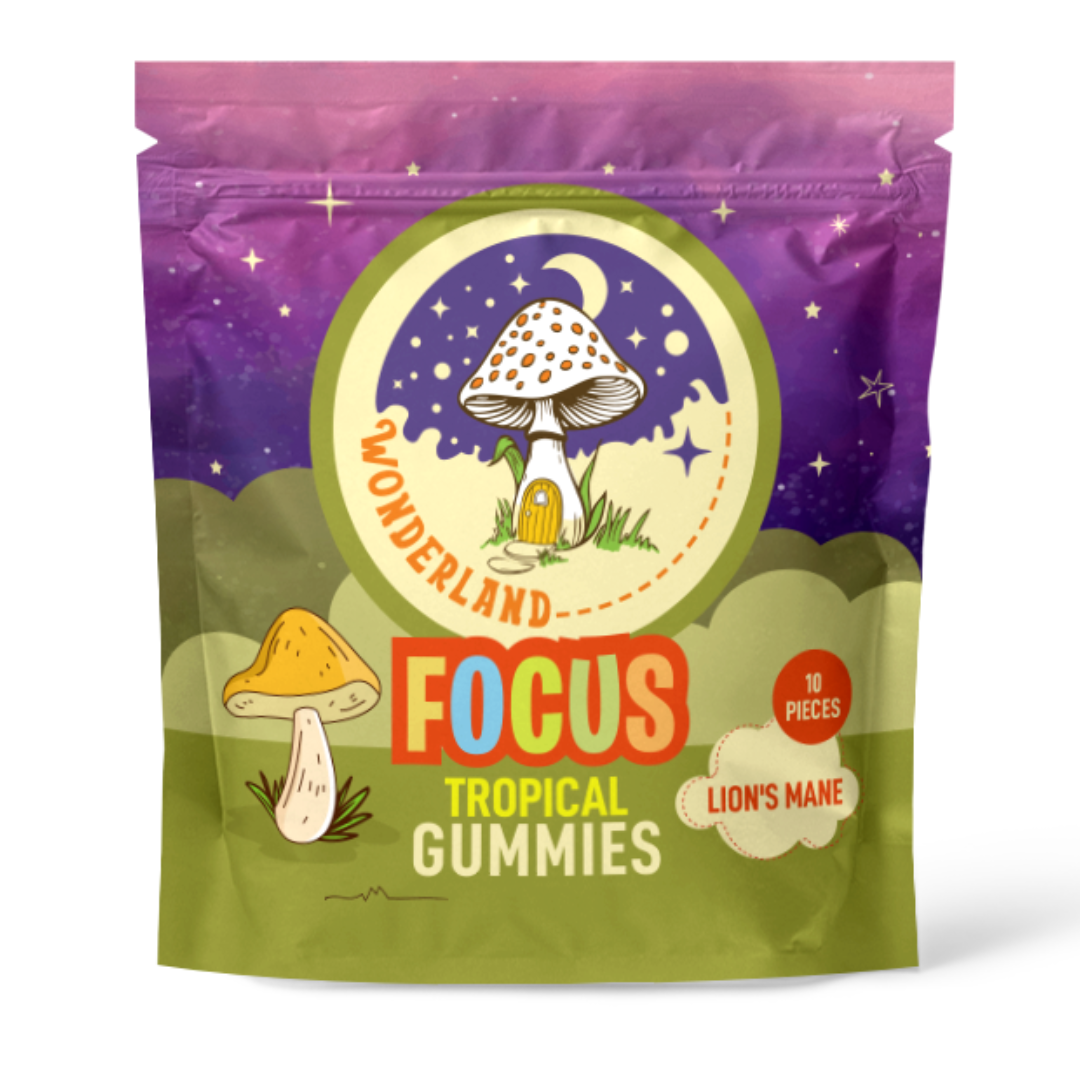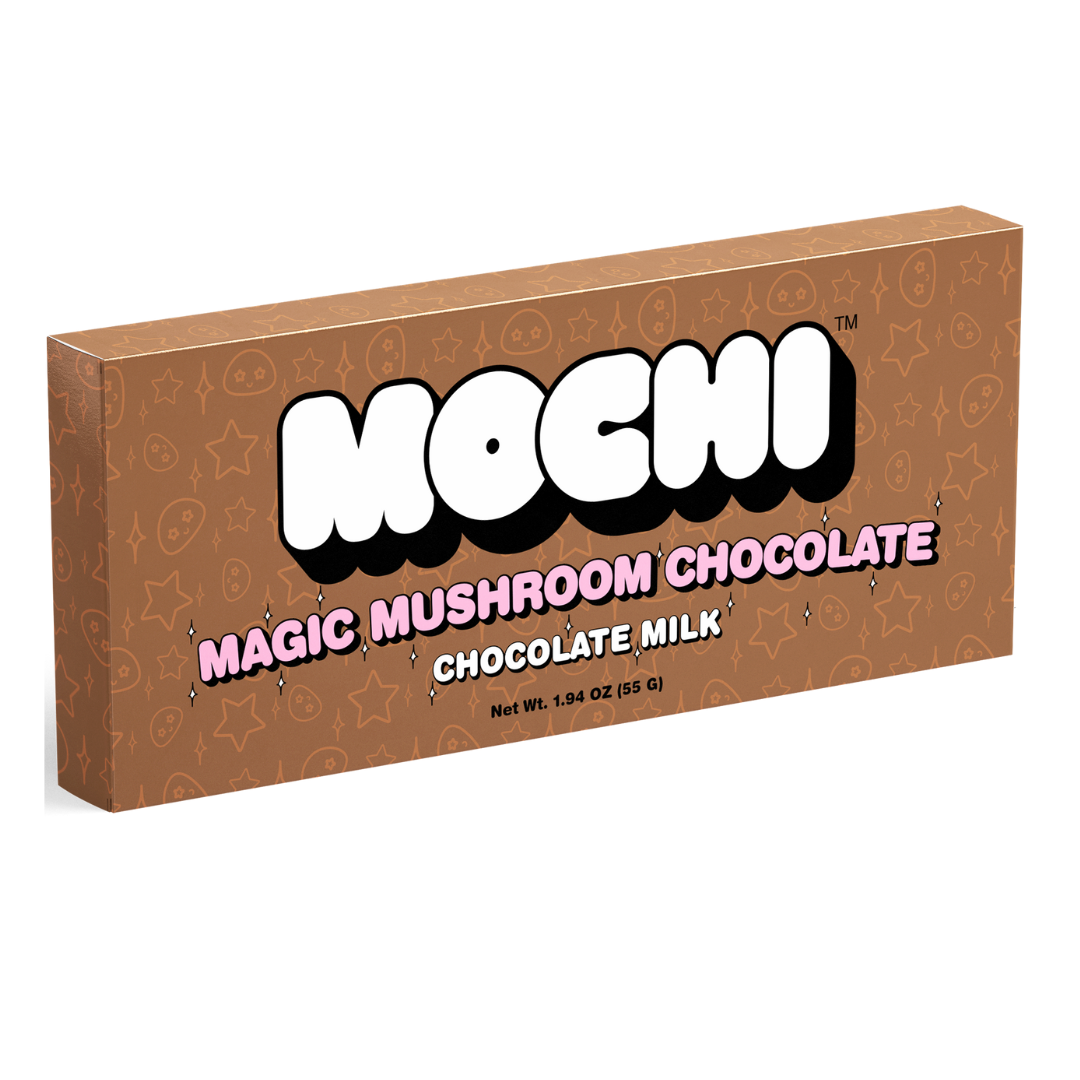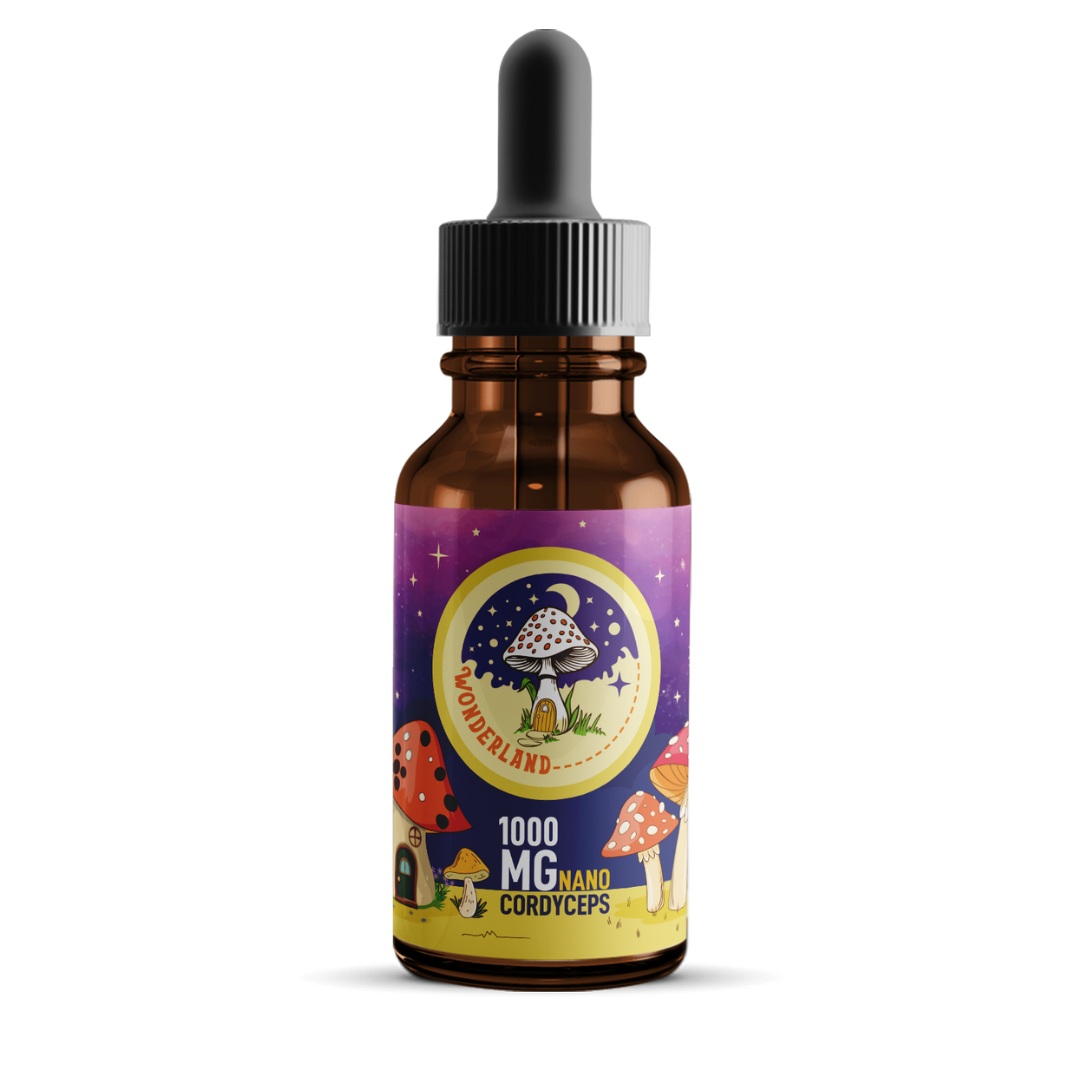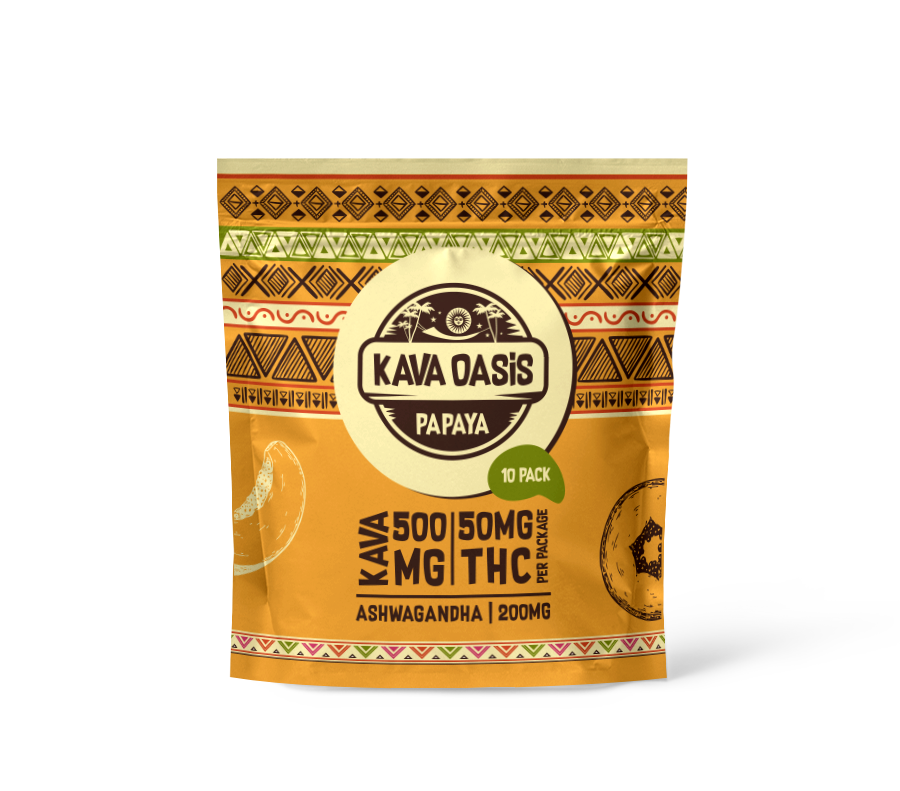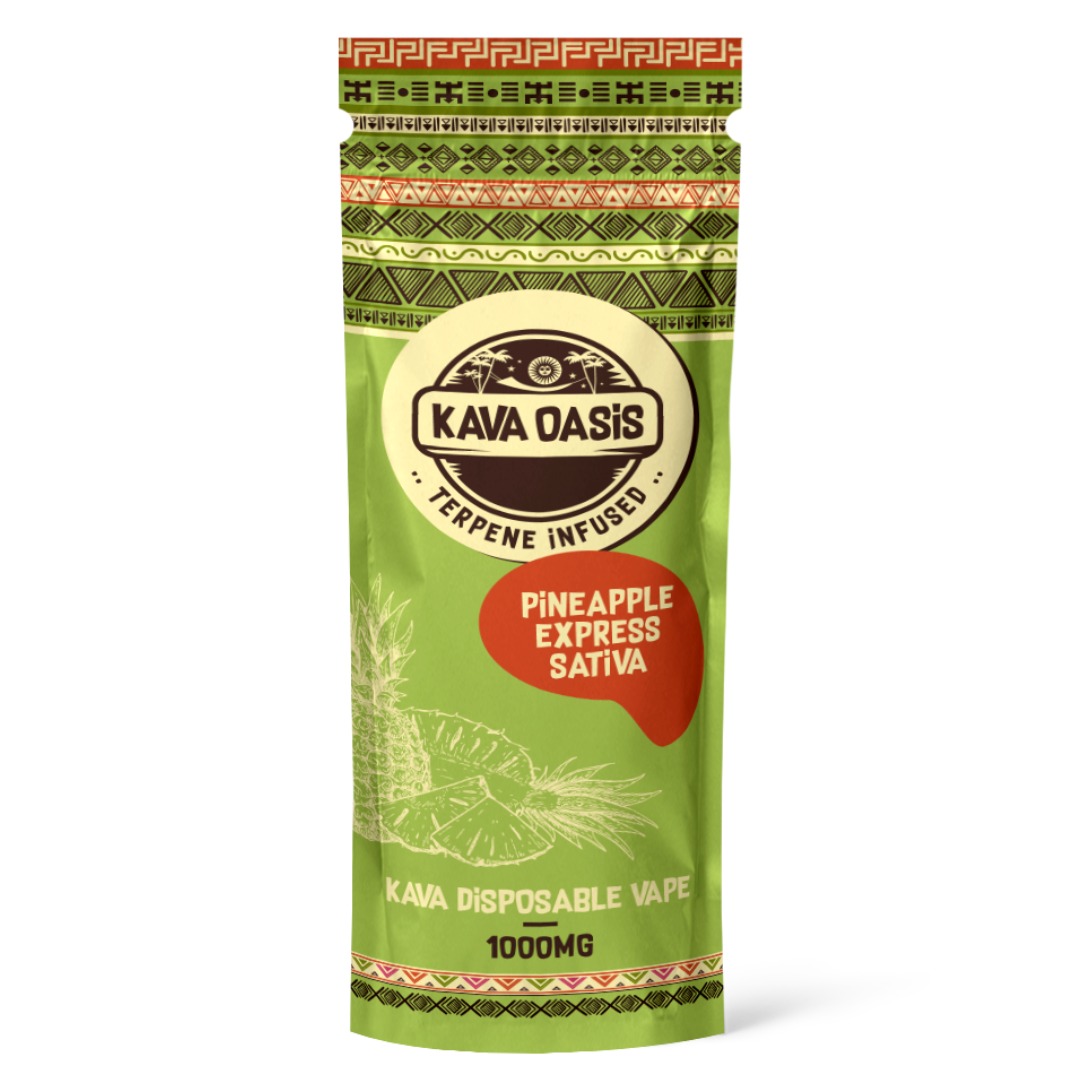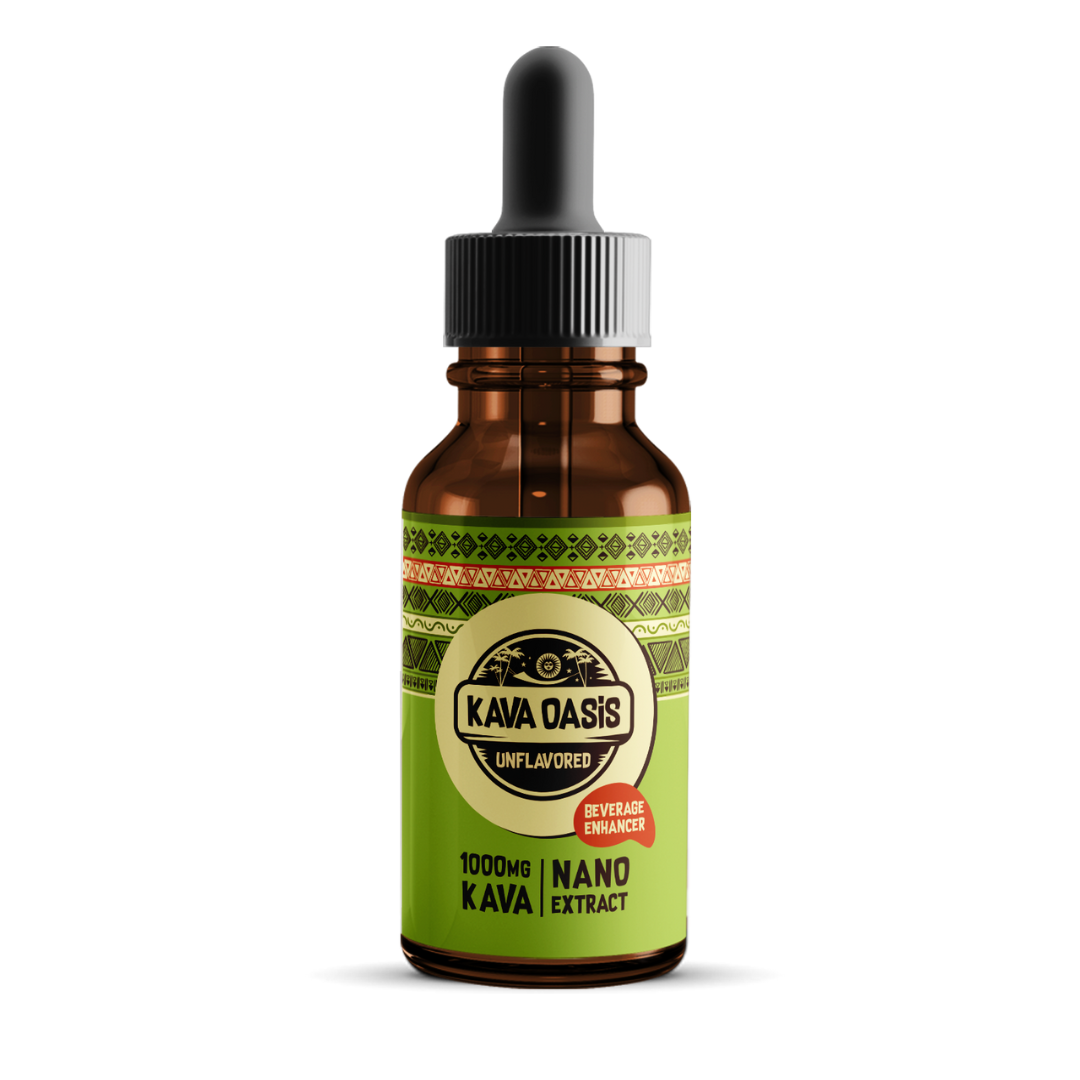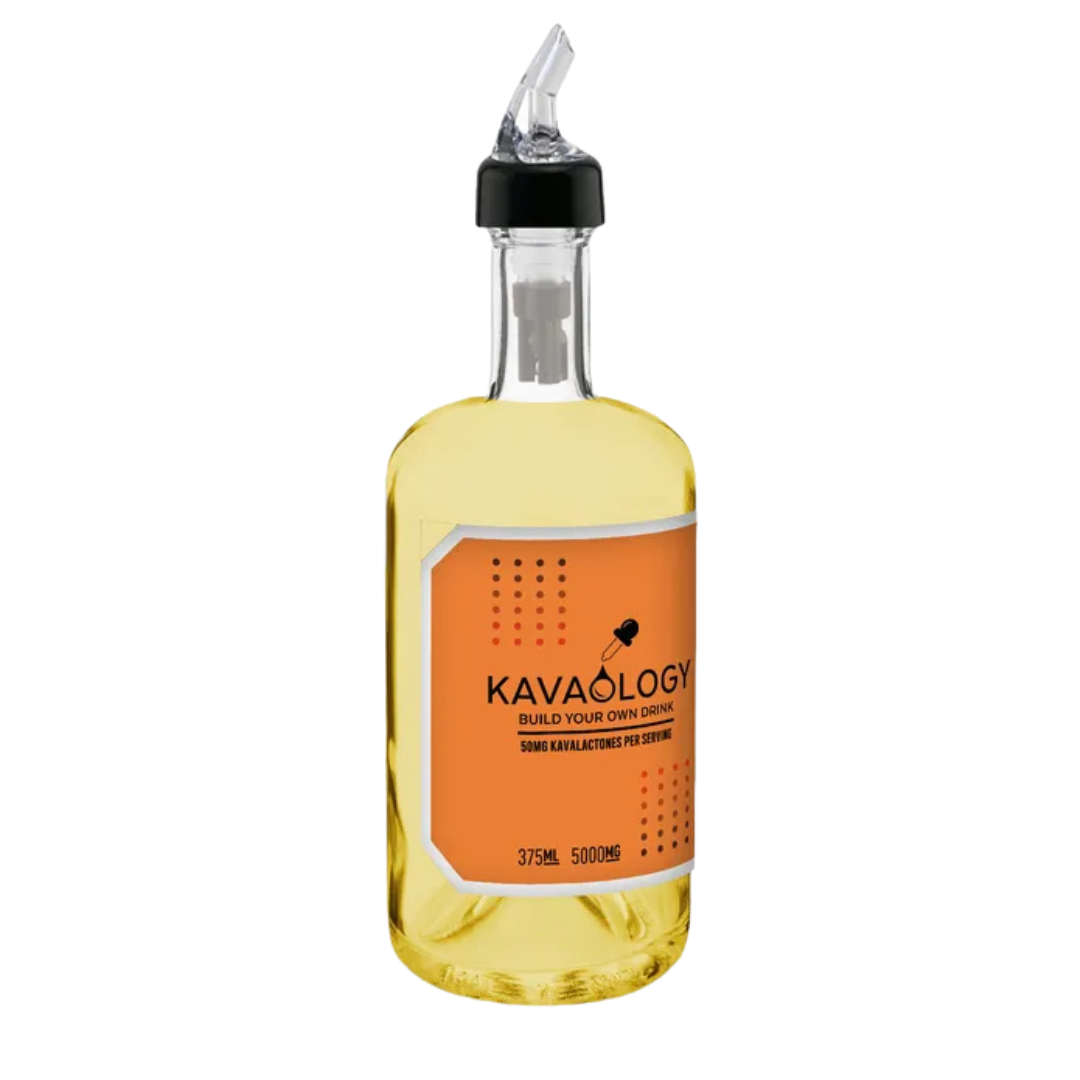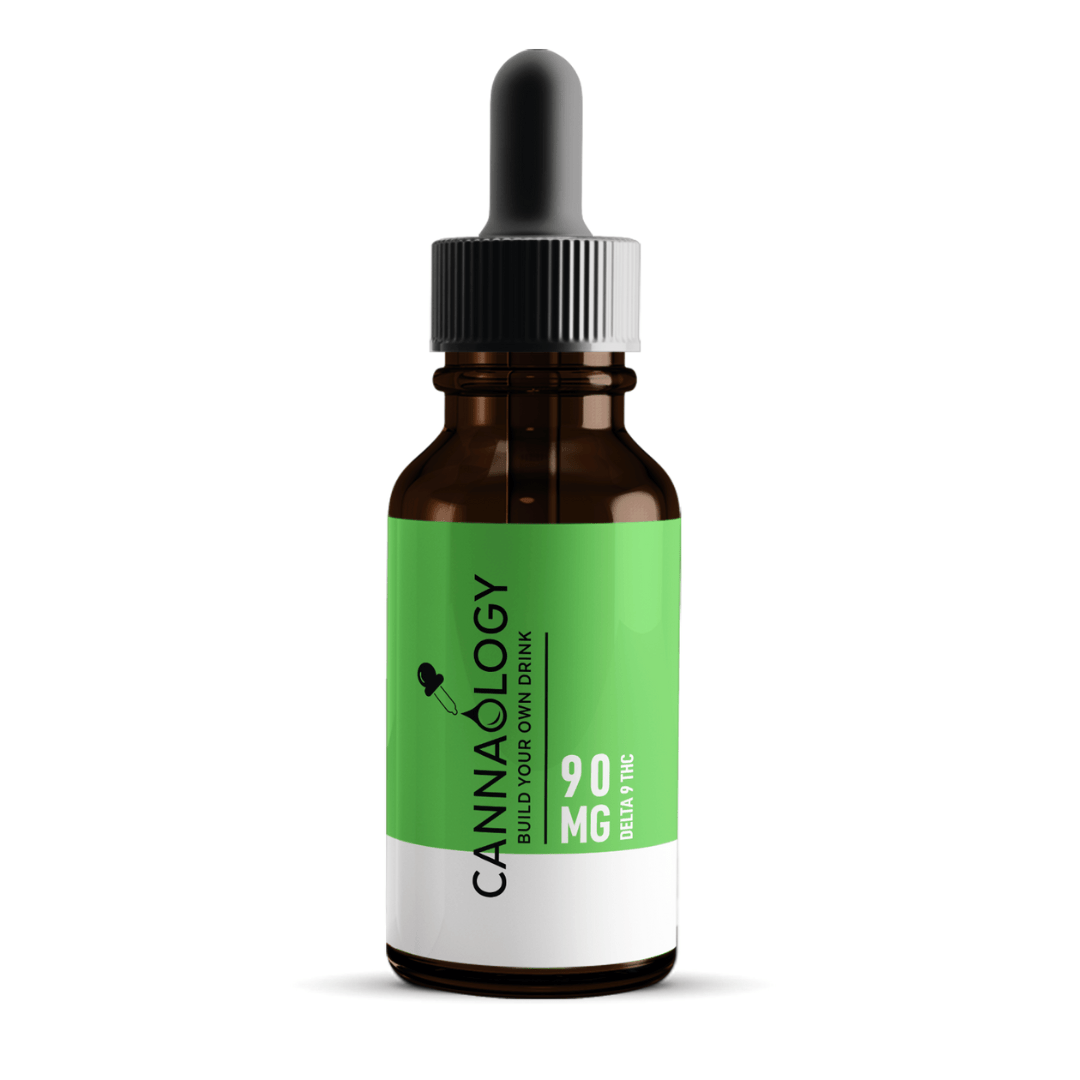Minnesota’s hemp and cannabis market is being destabilized not by the legislature, but by the Office of Cannabis Management (OCM), which has chosen to enforce rules not found in statute. The clearest example of this is the agency’s shifting position on whether non-intoxicating cannabinoids — like CBD, CBG, CBN, and CBC — can be stacked in products.
Conflicting Statements from the OCM
Businesses have received two opposite interpretations directly from OCM leadership:
-
In Writing to My Attorney (Email): OCM staff stated that non-intoxicating cannabinoids are not stackable and that the 100 mg cap per serving is a combined total across all cannabinoids. They claimed this interpretation was “consistent with legislative intent.”
-
In Direct Conversation (Text with the OCM Director): I was told explicitly that stacking is allowed. I asked if a product could contain 100 mg CBD and 100 mg CBG per serving, and the OCM director responded “Yes” — adding that this is “exactly what the statute says.”
-


-
Two different answers from the same office. One position is being enforced against businesses. The other reflects what the law actually says.
What the Legislature Intended: Nolan West’s Clarification
Representative Nolan West, who authored the hemp provisions, has directly addressed the OCM to set the record straight:
-
Caps Were Increased Intentionally
-
The legislature raised the per-serving cap from 25 mg to 100 mg — not as a shared total, but per cannabinoid.
-
This was designed to expand opportunities for product formulation and consumer choice.
-
-
Per-Package Limits Apply Individually
-
Edibles: Up to 1,000 mg of each non-intoxicating cannabinoid per package.
-
Beverages: Up to 200 mg of each non-intoxicating cannabinoid per container.
-
These apply individually — not combined.
-
-
Statutory Language Confirms This
-
Section 342.62 uses “or” rather than “and.” That wording means each cannabinoid can reach its limit independently.
-
The OCM’s interpretation rewrites “or” into “and,” effectively changing the statute.
-
-
Legislative Intent Was Explicit
-
West confirmed the intent was to allow stacking.
-
The purpose was to quadruple the allowable amounts — both per serving and per package — giving businesses room to innovate with multiple cannabinoids at once.
-
By ignoring both the statute and the author’s clarification, the OCM is effectively making its own rules.


The Human and Business Cost
This is not the first time OCM’s shifting interpretations have caused harm. Previously, my business suffered over $40,000 in packaging losses because of a wrong answer from the OCM — only for the agency to later change its position. That kind of loss is not just frustrating; it is devastating for a company trying to operate responsibly and legally.
We do everything right: we full-panel test our products, we age-gated sales before the law even required it, we maintain a clean facility with well-trained staff, and we produce safe, compliant products. We have met with the OCM multiple times in good faith, seeking clarity and compliance. Yet instead of partnership, we are met with contradiction and moving goalposts.
At this point, it is clear that cordial discussions are not enough. The hemp community must stand together, fight for what is right, and challenge these missteps in court if necessary.
The state has taken lawful hemp products and pushed them into the adult-use market, restricting milligram limits under the guise of safety, while simultaneously allowing another group — recreational marijuana companies — to sell higher milligram products. We are not talking about medical use here, so how can one be “dangerous” while the other is celebrated?
I cannot sit back and continue to absorb the blows. As a Marine, I know what it means to fight. Marines fight hard until we win. I am in Marine mode now — ready to take down the bad and bring back the good. For Minnesota’s hemp community, this is no longer about survival. It is about justice, fairness, and holding regulators accountable to the law they are sworn to uphold.
Conclusion
The legislature passed a law. The statute is clear. Representative Nolan West, the law’s author, has confirmed the intent: non-intoxicating cannabinoids can be combined and stacked, up to 100 mg per serving of each cannabinoid, and up to 1,000 mg per cannabinoid per package (200 mg per cannabinoid for beverages).
That means compliant hemp products can exceed 1,000 mg total when multiple cannabinoids are present, because the limits apply individually — not as a combined cap.
Yet the OCM has chosen to ignore both the statute and legislative intent, issuing contradictory guidance that costs Minnesota businesses time, money, and stability. This is not lawful enforcement. It is rulemaking by fiat.
Minnesota businesses deserve regulators who follow the law — not rewrite it. Until the OCM corrects course, Minnesota will continue to lose innovation, investment, and jobs to states that respect the law and the entrepreneurs who operate within it.

